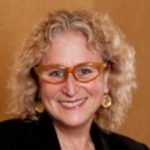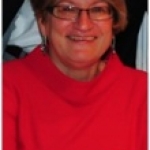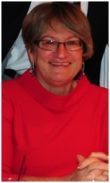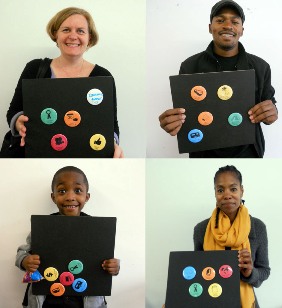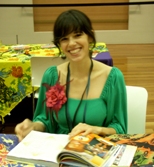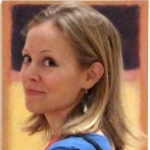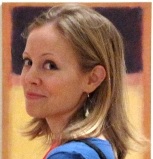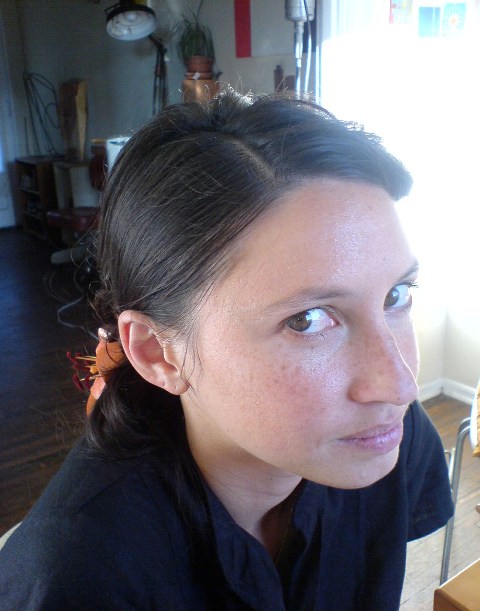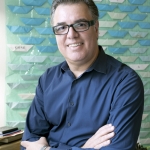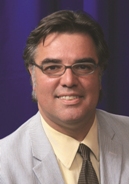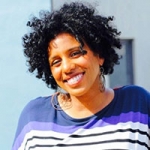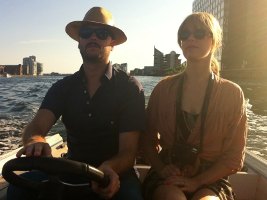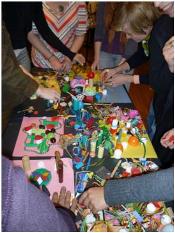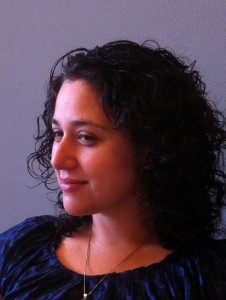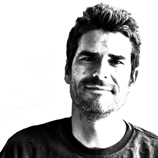
Joanna Chin
Reevaluating My Thinking Around Evaluation
Posted by May 04, 2012

Joanna Chin
When I asked the bloggers for Animating Democracy’s Evaluation & Social Impact Blog Salon to write about this topic, I thought I knew what I was going to get. Animating Democracy’s Impact Initiative has been going strong for several years now with a fantastic set of evolving framings, vocabulary, metrics, methodologies, etc. and so forth.
In addition, a good handful of these folks have worked with us before and the rest I know through their incredible creative work. None of them are strangers to questions of social impact or evaluation.
I expected discussions about how to show funders and community leaders what impact was made; talk of how to establish outcomes and indicators; examples of surveys and interviewing. While many of these were touched on throughout the salon, what did emerge made me start to adjust my thinking around evaluation.
Perhaps even more important was what surprised me: that the trends in evaluative thinking and practice came from the work itself rather than an external driver.
Is storytelling just a fad?: Qualitative v. quantitative
At Americans for the Arts, we make the case for the arts daily and within that there is a delicate balance between the concreteness of numbers and the power of stories. However, as noted by Katherine Gressel, “surveys and statistics are out; stories and experiences are in.”
Read More

